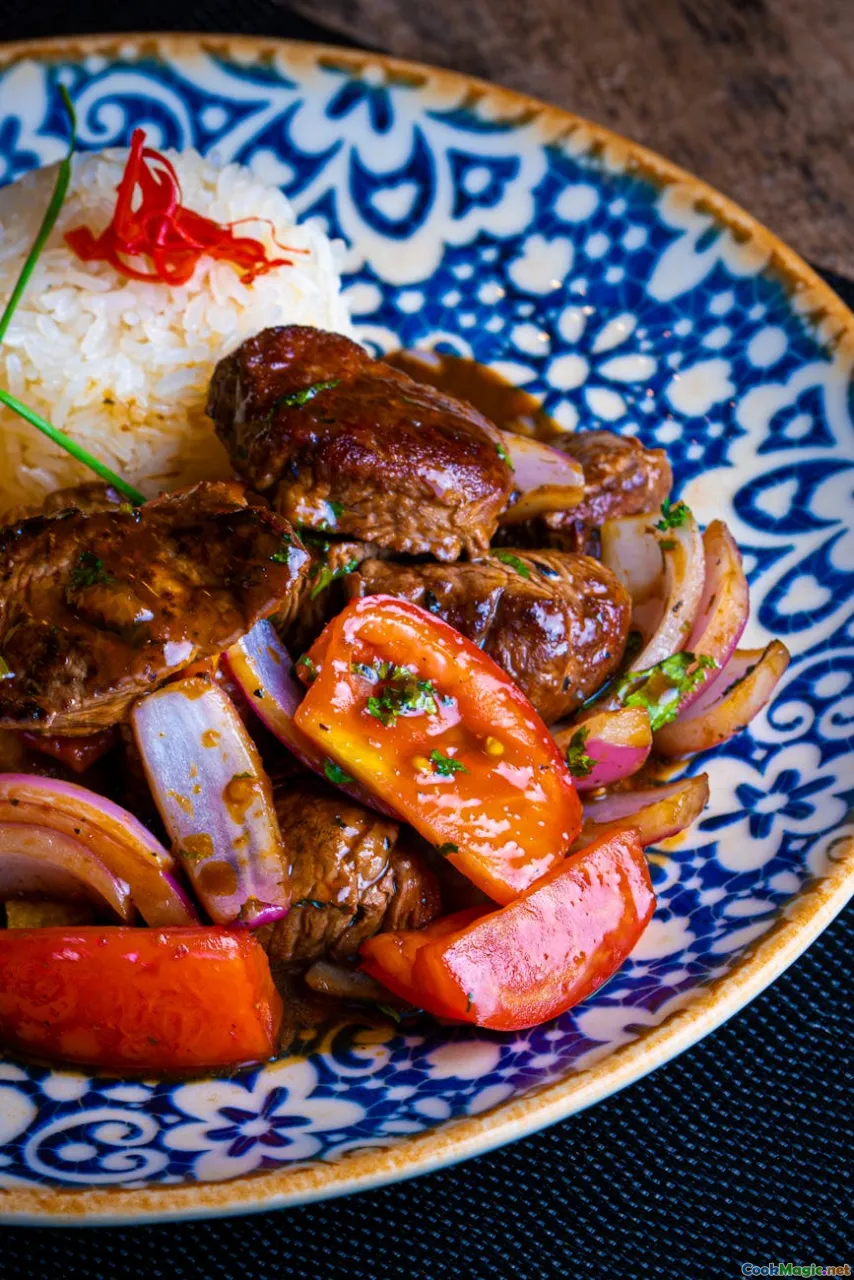Traditional Peruvian Chifa Fusion Explained
7 min read Discover the vibrant world of Peruvian Chifa, a unique culinary fusion blending Chinese flavors with Peruvian ingredients, history, and culture. April 24, 2025 16:00
Traditional Peruvian Chifa Fusion Explained
Imagine walking through the bustling streets of Lima at dusk, the air thick with the aroma of sizzling soy sauce, fragrant spices, and the unmistakable scent of fried rice. Behind this sensory tapestry lies a fascinating culinary story—one that bridges continents, cultures, and histories. Welcome to the world of Chifa, a beloved Peruvian tradition that exemplifies the art of culinary fusion, where Chinese flavors seamlessly intertwine with Peruvian ingredients and cooking techniques.
The Birth of Chifa: A Cultural Confluence
Historical Roots and Migration
Chifa’s story begins in the late 19th and early 20th centuries, during a period of significant Chinese migration to Peru. Thousands of Chinese immigrants arrived seeking economic opportunities, driven by upheavals in their homeland and the promise of a new life in South America. Once in Peru, they established vibrant communities, bringing with them culinary traditions that would soon evolve into a new, hybrid cuisine.
The Fusion Begins
Initially, Chinese immigrants adapted their traditional recipes to local ingredients, substituting native Peruvian produce and meats for their usual staples. Over time, these adaptations grew into a distinctive cuisine—Chifa—which melded Chinese cooking techniques with Peruvian flavors and ingredients. It was more than just a culinary adaptation; it was a cultural statement, a way for Chinese immigrants to maintain their identity while integrating into Peruvian society.
The Essence of Chifa: A Culinary Symphony
Key Ingredients and Flavors
At the heart of Chifa are ingredients that symbolize both worlds. The aroma of soy sauceandoyster sauceis omnipresent, while staples likerice, noodles, and green vegetablesare prepared with a Chinese flair. Yet, these are combined with Peruvian staples such aspotatoes, corn, and local peppers.
Imagine biting into a Arroz Chaufa—Peruvian-style fried rice—where fluffy grains are stir-fried with tender chicken, scallions, and a splash of soy sauce, topped with a fried egg. The flavors are savory, slightly sweet, and earthy, with a hint of garlic and ginger that invigorates the senses.
Signature Dishes
- Arroz Chaufa: A Chinese-Peruvian fried rice, often seasoned with soy, ginger, and scallions, featuring ingredients like chicken, shrimp, or pork.
- Pollo Saltado: A stir-fried chicken dish with onions, tomatoes, and peppers, served with rice and sometimes French fries—a Peruvian twist.
- Wantán Frito: Crispy wontons filled with seasoned pork or shrimp, often served with a tangy dipping sauce.
- Chifa-style Tallarín: Chinese-style noodles stir-fried with vegetables, meats, and sauces.
Techniques and Presentation
Chifa employs traditional Chinese cooking techniques such as stir-frying, steaming, and deep-frying. The dishes often feature vibrant colors and textures—crispy wontons, tender meats, and fragrant rice—creating a feast for both the eyes and the palate.
Cultural Significance and Social Fabric
A Culinary Bridge
Chifa is more than just food; it’s a social fabric that unites diverse communities in Peru. It symbolizes resilience, adaptability, and the ability to forge new identities through shared culinary experiences.
The Modern Chifa Scene
Today, Chifa remains a staple in Peruvian cities, from humble neighborhood eateries to upscale restaurants. It has also gained international recognition, with food enthusiasts seeking out its unique flavors. Celebrated culinary festivals often feature Chifa dishes, highlighting its importance in Peruvian culture.
Personal Anecdotes
Growing up in Lima, I remember the first time I tasted Chifa—an aromatic plate of Tallarín Saltado in a bustling Chinatown alley. The combination of crispy noodles, tender beef, and sweet, tangy sauce was revelatory. It was comfort food, but also a symbol of cultural fusion—a dish that told a story of migration, adaptation, and community.
The Art of Chifa: Cooking Tips and Personal Insights
Home Cooking Tips
- Use high-quality soy sauce and fresh ingredients to capture the authentic flavors.
- Don’t shy away from experimenting with local Peruvian ingredients like ají peppers to add a regional twist.
- Master the stir-fry technique for quick, flavorful dishes—high heat and constant movement are key.
Personal Reflection
For me, Chifa embodies the culinary spirit of Peru—dynamic, inclusive, and full of surprises. Every bite tells a story of migration, resilience, and the blending of traditions. It’s a reminder that food is a living, breathing testament to history and culture.
Conclusion: A Delicious Cultural Tapestry
Peruvian Chifa is much more than a fusion cuisine; it’s a vibrant cultural phenomenon that encapsulates the history of Chinese immigrants and their enduring influence on Peruvian society. Its dishes are a celebration of resilience, adaptability, and shared identity, offering a tantalizing glimpse into a world where flavors from across the globe come together in perfect harmony.
Next time you indulge in a plate of Arroz Chaufa or Tallarín Saltado, remember—you’re tasting a story of migration, community, and the beautiful complexity of cultural fusion. Truly, Chifa is a culinary bridge that continues to connect worlds, one flavorful bite at a time.









